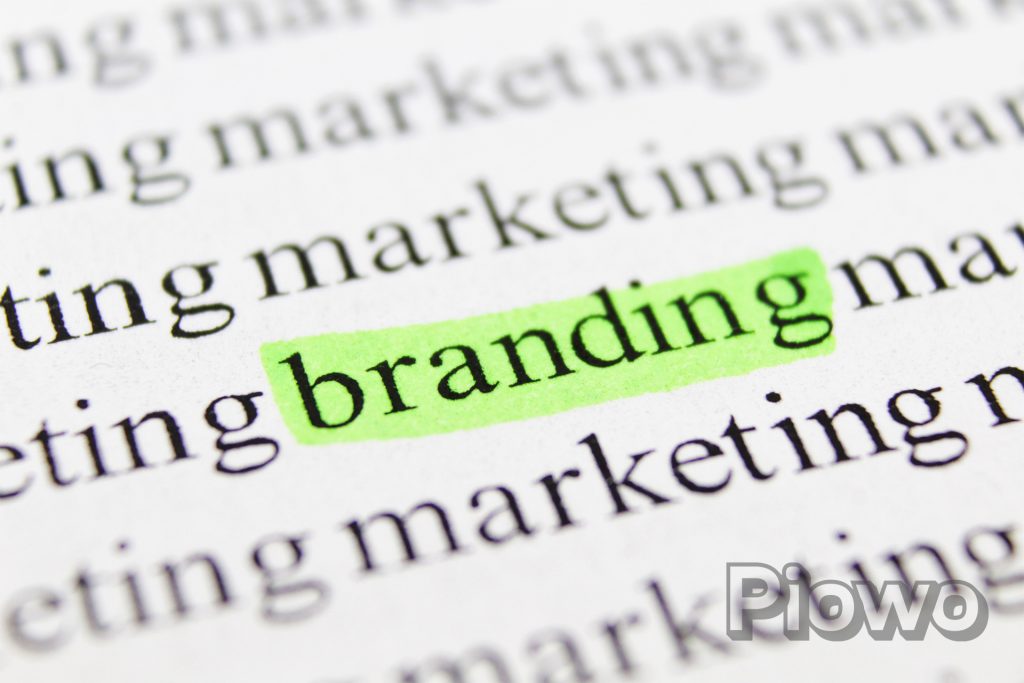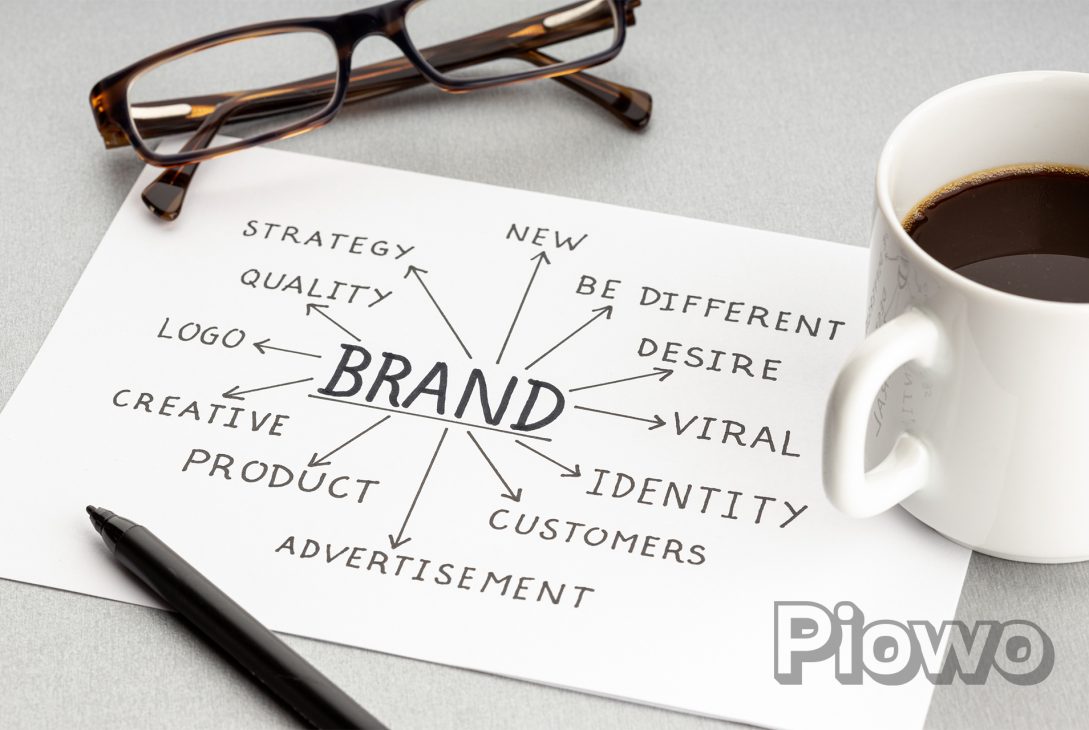We often associate brand identity with large companies and their iconic logos and meticulously planned marketing campaigns. Examples include Apple’s bitten apple, Nike’s Swoosh and McDonald’s golden arches. These are all symbols that are engraved in our collective memory and instantly recognisable.
There is no need for excessive resources or ultra-sophisticated concepts. A meaningful name, an identifiable logo, consistent colours and a tone that reflects your identity are enough to shape your brand image.
But what exactly is brand identity? What are its components? And, more importantly, how can it be built simply and effectively?
What exactly are we talking about when we talk about brand identity and branding?
Before we get to the heart of the matter, let’s take a moment to clarify what brand identity really is.
It is everything that makes a company recognisable and unique to consumers.
Often, it is limited to the name and logo, and these are indeed very important components. However, brand identity is a more comprehensive concept. It encompasses all the visual, textual, and emotional elements that define a brand’s ‘personality’.
For example:
- the logo and name;
- colours;
- graphic design;
- typography;
- slogan;
- communication style;
Sometimes even a melody or a scent.

When used consistently, all these elements anchor a brand in people’s minds.
- Physical appearance:
This includes the visual and physical elements that represent the brand, such as the logo, colours, packaging, graphic design and typography.
- Personality:
This involves answering the question: if the brand were a person, what would they be like? Would they be described as bold, refined, innovative or warm? This dimension is reflected in the tone of communication, the style of visuals and the way the brand is presented.
- The relationship:
Here, we consider the nature of the relationship between the brand and its customers. Is it close and friendly, premium and exclusive, or reassuring and expert? The type of relationship maintained influences consumer loyalty and engagement.
- Culture:
A brand conveys its own values. These may be linked to its country of origin, history, or commitments.
- Reflection:
This corresponds to the image that the brand conveys of its customers. In other words, what impression is created of someone who uses this product or service?
- Mentalisation:
Mentalisation is similar to reflection, but with one important difference: it concerns the customer’s internal feelings when purchasing or using the product or service. The focus is no longer on the brand’s image, but on the positive personal emotions it evokes in consumers. In other words, what emotion arises from the experience with the brand? Is it trust, pride, a sense of belonging or freedom?
Why create a strong brand identity?
As we have seen, establishing a brand identity is important for businesses of all sizes, from large corporations to small and medium-sized enterprises.
But why? What are the concrete benefits?
Stand out from the competition!
A well-defined brand identity enables you to establish a distinctive personality, ensuring you are not perceived as a generic company that is interchangeable with its competitors.
Boost your visibility and create connections.
A strong brand identity makes you easier to spot and remember. It attracts attention, captures interest, and encourages engagement.
But a strong identity does more than just increase visibility; it also helps you connect with your audience. A company that clearly displays its personality and values naturally attracts the right people — customers who identify with it and want to interact with it.
Strengthen your company’s credibility.
Finally, a well-constructed brand identity inspires confidence. Clear messaging, consistent communication and a polished image send positive signals.
brand consistency tips brand identity development brand identity strategy brand message creation branding tips for businesses create a unique brand develop brand identity how to build a brand small business branding visual branding guide
Last modified: July 14, 2025












